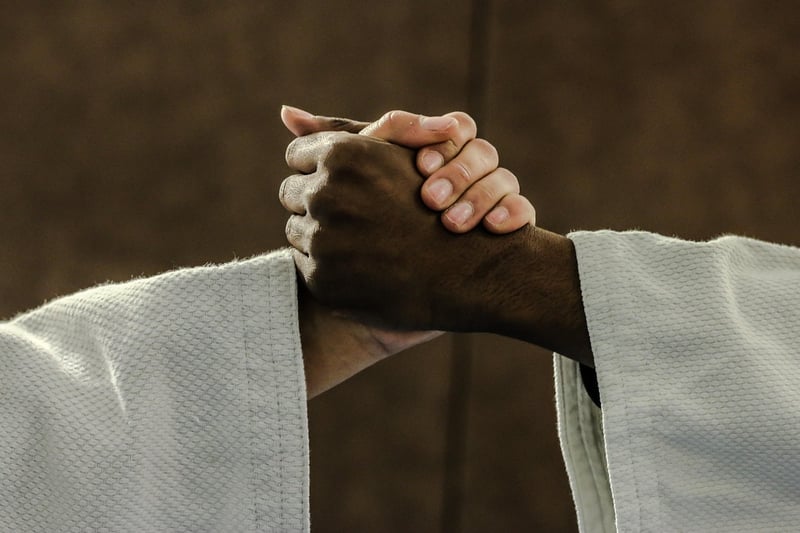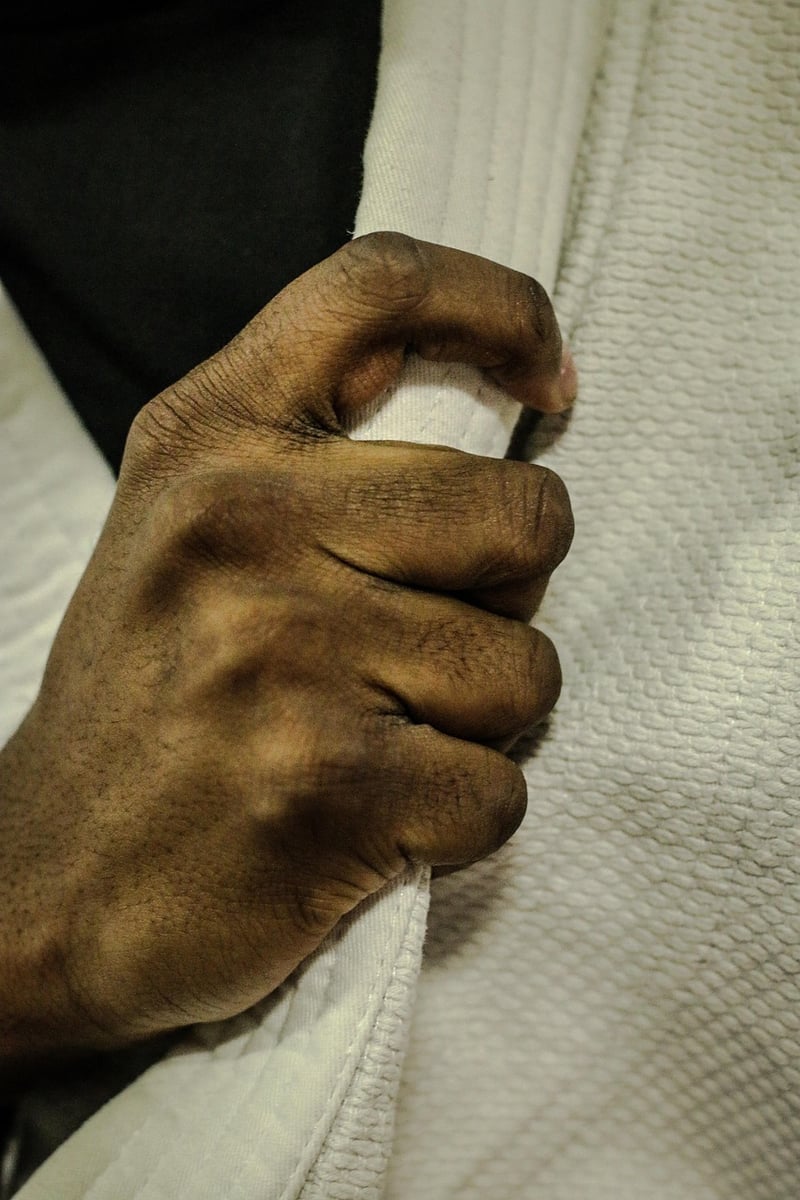Judo techniques
Discipline and Self-Defense Practices
Discipline and self-defense are essential skills that can benefit individuals in various aspects of their lives. One of the martial arts that emphasize discipline, self-control, and effective self-defense techniques is Judo.
What is Judo?
Judo, which means "gentle way" in Japanese, is a modern martial art that originated in Japan. Founded by Jigoro Kano in the late 19th century, Judo focuses on using an opponent's strength and momentum against them rather than relying on one's own force.
Benefits of Practicing Judo
- Develops discipline and respect for oneself and others
- Improves physical fitness, strength, and flexibility
- Enhances self-defense skills and situational awareness
- Promotes mental focus, concentration, and problem-solving abilities
- Builds confidence and self-esteem
Judo Techniques
Judo techniques involve throws, pins, joint locks, and chokes. These techniques aim to off-balance the opponent and immobilize or control them effectively. Some common Judo techniques include:
- Osoto Gari (Major Outer Reap)
- Seoi Nage (Shoulder Throw)
- Juji Gatame (Cross Armlock)
- Kesa Gatame (Scarf Hold)
- Osaekomi (Hold Down)
Training in Judo
Training in Judo typically involves practicing techniques with a partner, sparring (randori), and participating in competitions. Judo practitioners wear a traditional uniform called a judogi, consisting of a jacket and pants tied with a belt (obi).
Conclusion
Discipline and self-defense practices go hand in hand, and Judo offers a structured approach to developing both physical and mental attributes. By learning Judo techniques, individuals can enhance their self-defense skills, improve their overall well-being, and cultivate a sense of discipline and respect.

Whether you are looking to improve your self-defense capabilities, boost your fitness levels, or enhance your mental focus, Judo can be a rewarding martial art to explore.
